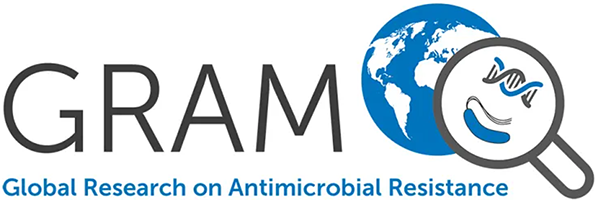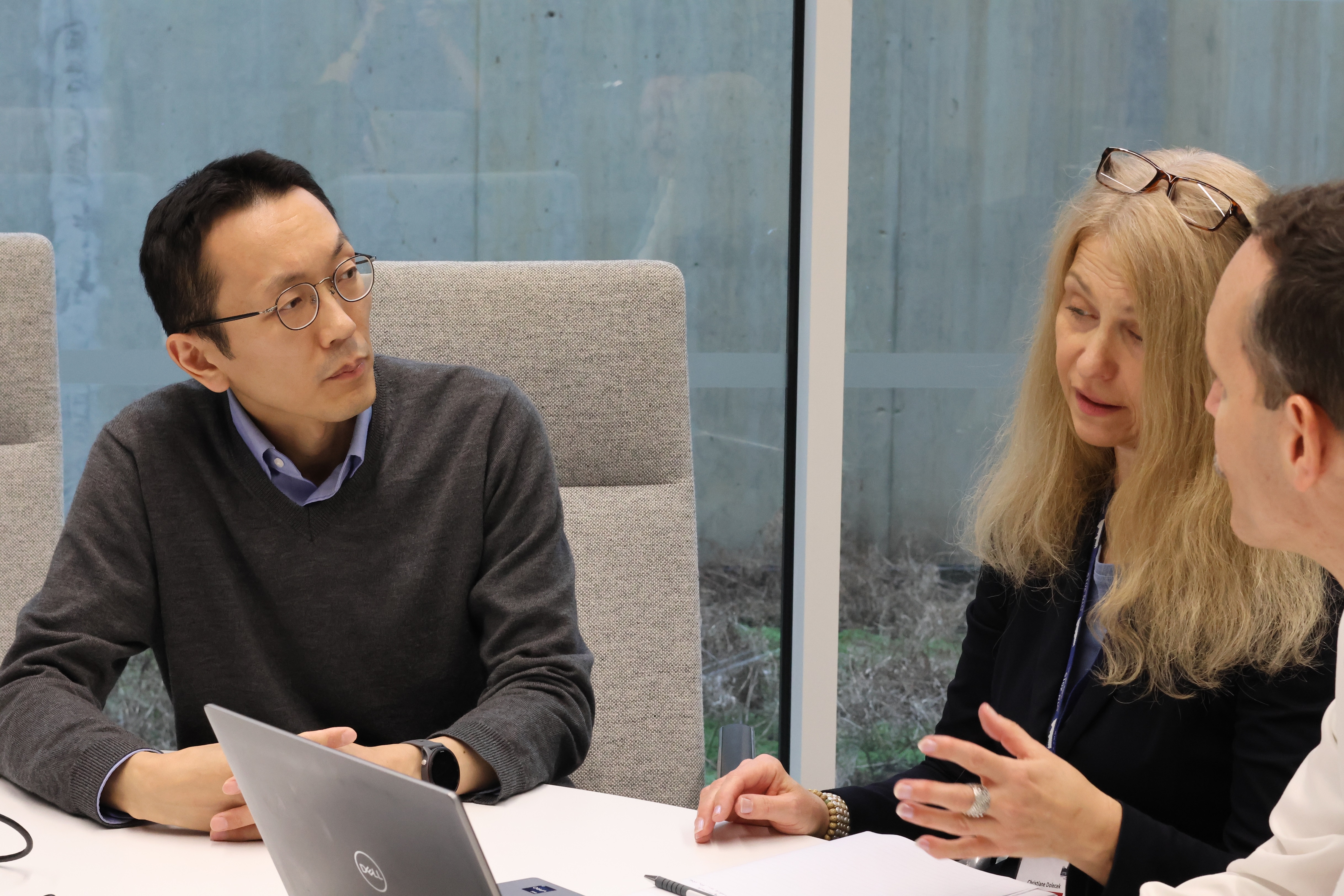After gathering one of the largest collections of individual patient data on antimicrobial resistance (AMR) in the world, the GRAM Project is now inviting researchers to use this valuable resource in their own studies.
The AMR data repository, hosted by the Infectious Diseases Data Observatory (IDDO), now covers nearly 70 countries and 250,000 patients, after launching last year to provide a secure, sustainable platform for global AMR data sharing. Holdings currently include 38 datasets from 24 different Global Research on Antimicrobial Resistance (GRAM) Project collaborators.
‘We are grateful to our collaborators for sharing their data with GRAM, under the terms of the repository,' said GRAM Principal and Co-Principal Investigators, Profs Ben Cooper and Christiane Dolecek, in a statement. 'We would like other researchers to benefit from AMR data collected by GRAM, especially those in low- and middle-income countries—which often experience high levels of resistance and a shortage of available data’.
With support from the UK Fleming Fund and Wellcome Trust, GRAM co-launched the repository with IDDO to streamline its processes and make AMR data available to external researchers who receive permission from data-contributing collaborators.
GRAM, a partnership between the University of Oxford and the Institute for Health Metrics and Evaluation (IHME), has already used repository data to provide the first comprehensive clinical estimate of bacterial AMR burden in 2019. Read the study in the Lancet. Last year the team expanded this work to provide global AMR burden estimates from 1990 to 2021, with projections to 2050. View the manuscript here.
Dr Makoto Saito, an infectious disease doctor and IDDO researcher within the Centre for Tropical Medicine and Global Health, is one investigator currently making use of the data. With a background in malaria research, Dr Saito said he looks forward to investigating AMR because it affects so many aspects of clinical management.
‘AMR is everything for an infectious disease physician’, Dr Saito said. ‘I’m quite excited’.
Dr Saito will explore patterns in ‘cross resistance’, when a pathogen becomes resistant to more than one antimicrobial; he will also study bacteria that produce drug-resistant enzymes, including so-called extended spectrum beta lactamase (ESBL) Escherichia coli.
The research could provide insights into which antibiotics are most likely to succeed—and where.
Considering the many potential questions that researchers could apply to GRAM data, Dr Saito said investigators could pursue various types of studies. For example, he noted that AMR scholars often focus on blood cultures, but that the repository contains other patient samples too, including urine or cerebrospinal results.
‘There are quite a lot of questions remaining to be answered’, Dr Saito said.
Accessing AMR data in the repository
The data are available at no charge to researchers around the world. Interested parties must complete a data access application, which will be assessed either by the data contributor, or by IDDO’s independent data access committee (DAC), which is committed to the principles of equitable, ethical, and transparent data sharing.
To learn more about AMR data in the repository, visit the AMR data repository pages on the IDDO website. Current contributors include the International Nosocomial Infection and Control Consortium (INICC); Aga Khan University, Karachi, Pakistan; ACORN (A Clinically Oriented Antimicrobial Resistance Surveillance Network), and many others.
Contributing AMR data to the repository
With many funders encouraging re-use of research data, the repository offers contributors the option to expand access to qualified third-party researchers in multiple ways. Contributors may delegate decision-making authority to the DAC, or contributors may opt to retain oversight—approving or denying all requests.
The repository adheres to FAIR principles of findability, accessibility, interoperability, and reusability. IDDO will assign relevant digital object identifiers (DOI) to contributed datasets, which will appear in subsequent works that analyse them.
For more information about contributing data to the repository, view the ‘Work with GRAM’ pages on the IDDO website.
Below Dr Makoto Saito (left) discusses his plans to use AMR repository data, with members of the GRAM team.



